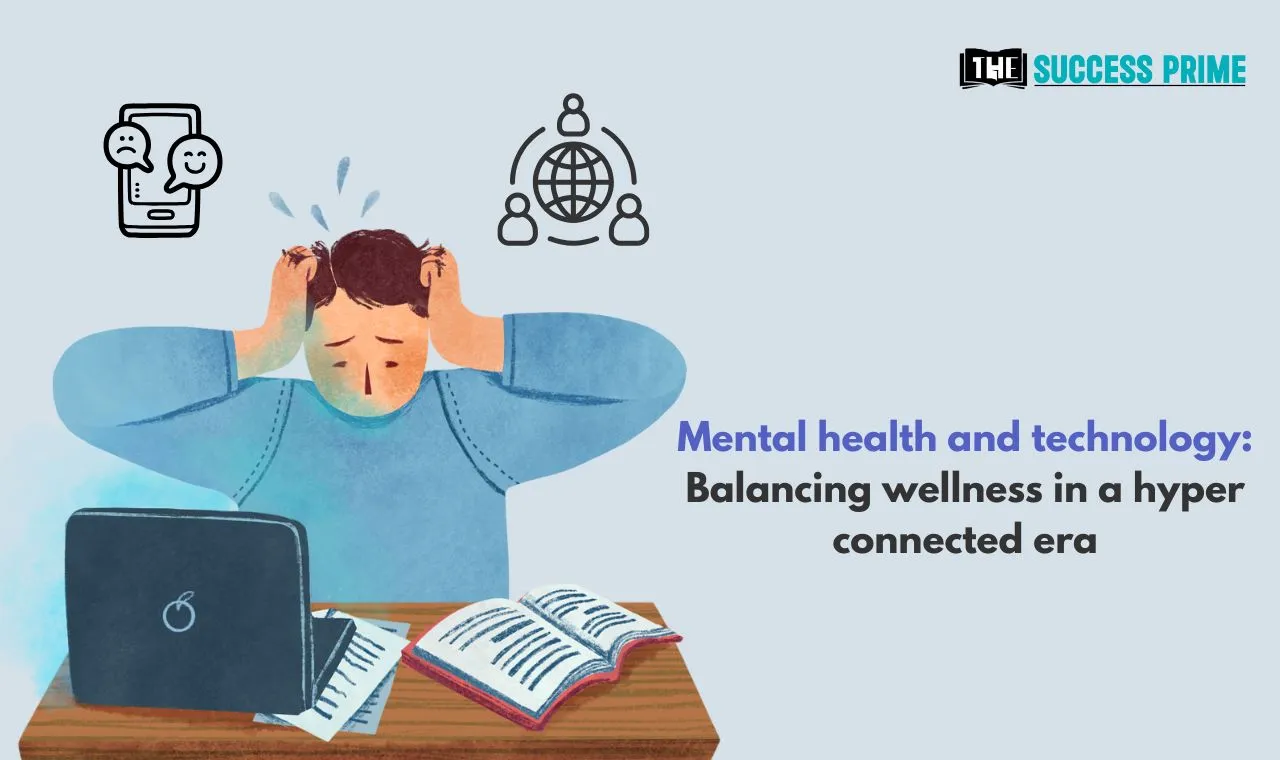It’s exciting and daunting to get your first tattoo, and you undoubtedly already have a tonne of questions. How painful will it be? How can you tell if a salon is secure? What will the price be? However, there are many other aspects of getting a tattoo that you usually wouldn’t think to inquire about before getting your first tattoo, including designing the piece and caring for it afterwards.
So, we have collected some of the most useful suggestions from the people who already have had tattoos on their body to make you more comfortable with all the process of getting your favourite tattoo.
Essential Tips to Consider Before Getting Your First Tattoo
- Don’t take getting a tattoo lightly.
It’s wise to give your design choices some serious thought before you sit down in that chair. While a lovely design might make you happy for all time, you should be quite certain before adding anyone’s name to your body.
You’ll definitely love your mother and your children forever, but you should consider twice before tattooing anyone else’s name. There’s a reason that cover-up tattoos are popular. Tattoo removal is also possible, although it can be unpleasant and expensive.
Wouldn’t it be preferable if you took your time today to select a design that you knew will make you happy for years to come?
- How does getting a tattoo feel?
The most crucial question comes first: What does getting a tattoo feel like in reality? JoJo Roman, a tattoo artist, likens the experience of obtaining a tattoo to that of a continual cat scratch (all cat people out there know what she means). Others claim that getting a tattoo feels like someone is swiping a hot needle across your skin, which is mostly accurate.
Your adrenaline will start kicking in and help manage some of the pain after approximately 15 minutes of your tattoo appointment (FYI, tattoo sessions can be as brief as 30 minutes or be done over the course of several days), but if you’re getting a larger piece done, Roman says the agony can come in waves.
- Deciding on the Design and Placement
Your tattoo artist will show you the design they sketched up for you once you fill out the consent documents. All the tattoo artists would agree that if you want to change something, you shouldn’t be scared to say so because the artwork will soon be permanently affixed to your body. Make sure, nevertheless, that your criticism is respectful. Remember that you reached out to this artist because you believe in their vision. Having said that, it’s absolutely acceptable to want adjustments made to your drawing; nonetheless, it’s crucial to do it nicely, without insulting or behaving in an untrustworthy manner.
Remember that not all tattoos can be made as little as you would want. It might be necessary to increase certain lettering so that it will eventually be readable. And if you want it to be smaller because you believe it will be easier to start with, a tattoo artist Garner says, “that’s completely acceptable, but the tattoo is not going to hurt any less.” “The pain won’t become any worse because of the tattoo’s size. I believe beginners frequently make mistakes like that.”
- Depending on size, prices change.
Prices at tattoo parlours vary depending on the size and type of tattoo you want. And just so you know, they may try to up the price on you if they find out you’re an absolute beginner. Although the price may alter significantly once the design is drawn, it’s a good idea to contact and request an estimate before you visit. If at all possible, study prices beforehand to avoid being overcharged or bring a friend who has had tattoos previously to assist you in negotiating.
- One Gets What One Pays For
A good tattoo is not cheap, and a cheap tattoo is not good; this is a statement that is true. Consider that this artwork will be a permanent fixture on your body; therefore, you want the best artist to create it, one whose style complements your design. Yes, you are paying for the work, but the job isn’t just putting the needle to the skin; it also involves planning, designing, and placing the tattoo, as well as the time required to actually tattoo, the skill and experience of the tattoo artist, and the price of the sterile tools and inks used.
You want a tattoo artist who understands that you are a living canvas and can create a stunning, uniquely personalised work of art for you. Also, if you get a bad tattoo and later decide you want it covered up or removed, you’ll incur additional pain and costs, so it’s best to make a wise choice the first time.
- Colour of the tattoo
The tattoo artist can work with you to change the design and style to better suit what you want, even though the tattoo’s style frequently determines the colour palette.
However, how well each colour will hold depends greatly on your skin tone. For instance, fair skin typically absorbs white ink more well than other skin tones. On fairer skin tones, red and purple pigments are also more vivid.
Darker skin tones usually absorb darker colors—like royal blue and scarlet red—better than lighter ones. If you have darker complexion, it doesn’t mean you can’t wear pastels or other light colours; it just means that these choices typically don’t look as pigmented.
Greyscale is an additional choice. In order to achieve the proper tones and hues, your artist will employ a combination of pure black, watered-down black, and white ink.
- How does a tattoo feel afterward?
Afterward, it’s completely natural for your skin to be puffy, red, inflamed, or sore (sort of like a severe sunburn), but try not to apply too much pressure or rub it. The most worrisome side effect, in the opinion of dermatologist Michelle Henry, MD, is pain that becomes worse over time and might indicate an infection. In that situation, see a doctor as soon as possible.
You should consider the healing process and how it will affect your daily life while choosing a placement. For instance, a tattoo on the back of your leg can make it challenging for you to sit during the first few days, and an under-boob tattoo might make it difficult for you to wear a bra for a week. To avoid upsetting the environment even more, try to anticipate these situations and make accommodations.
- If It’s on Show, Be Aware That People Will Constantly Ask About It
Are you okay with constantly elaborating on your decision, your design, or significance of your tattoo? It can be difficult or even frustrating to repeatedly explain why you got a certain tattoo because some tattoos are highly personal or emotional, like an image of a loved one who has passed away or a statement you might find motivational. If your tattoos are visible, be ready for both positive and unfavourable remarks. Fortunately, some people get more positive comments than negative ones about their visible tattoos as they put enough effort and thought in it, so don’t let that discourage you; just be aware that not everyone will share your enthusiasm for your decision.
- What are the tattoo risks?
Although tattoo reactions are uncommon, they can be challenging to treat when they do happen. Red dye is one of the most frequently reported dyes for which allergies have been recorded, according to Dr. Henry, so if that’s the colour you want to use, be sure to discuss your worries with your dermatologist first. Additionally, dermatologist Joshua Zeichner, MD, warns that you might be more likely to experience an allergic response if you’ve already experienced them with hair colour, costume jewellery, or inexpensive fragrances. As a result, you should once more consult your physician.
Final Words
A tattoo is a significant decision that shouldn’t be made hastily. The key to having a positive experience getting a tattoo is to do your homework, prepare for your appointment, and rigorously take care of your new ink once you leave the tattoo parlour. And if you’re still focused on the pain issue, well, let it go. Yes, getting a tattoo hurts, but it’s worth it because the pain and discomfort will only last a short while.
FAQs
Q.1- What are the things to keep in mind before getting a tattoo?
- Don’t take getting a tattoo lightly.
- How does getting a tattoo feel?
- Deciding on the Design and Placement
- Depending on size, prices change.
- One Gets What One Pays For
- Colour
- How does a tattoo feel afterward?
- If It’s on Show, Be Aware That People Will Constantly Ask About It
- What are the tattoo risks?
Q.2- Where are tattoos most comfortable?
The parts of your body with the fewest nerve endings are the least painful spots to get a tattoo. Consider your outer arm, leg, buttocks, and outer shoulder. Stanley Kovak, a cosmetic specialist, contends that pain is more about size than placement on the body, but most people place more emphasis on the location.
Q.3- How do I prepare for tattoo pain?
Follow these recommendations both before and during your session to lessen tattoo pain:
- Select a qualified tattoo artist.
- Pick a body portion that is less delicate.
- Get adequate rest.
- Avoid using painkillers.
- Avoid getting a tattoo if you’re ill.
- Remain hydrated.
- eat something.
- Skip the alcohol.













Leave a Reply